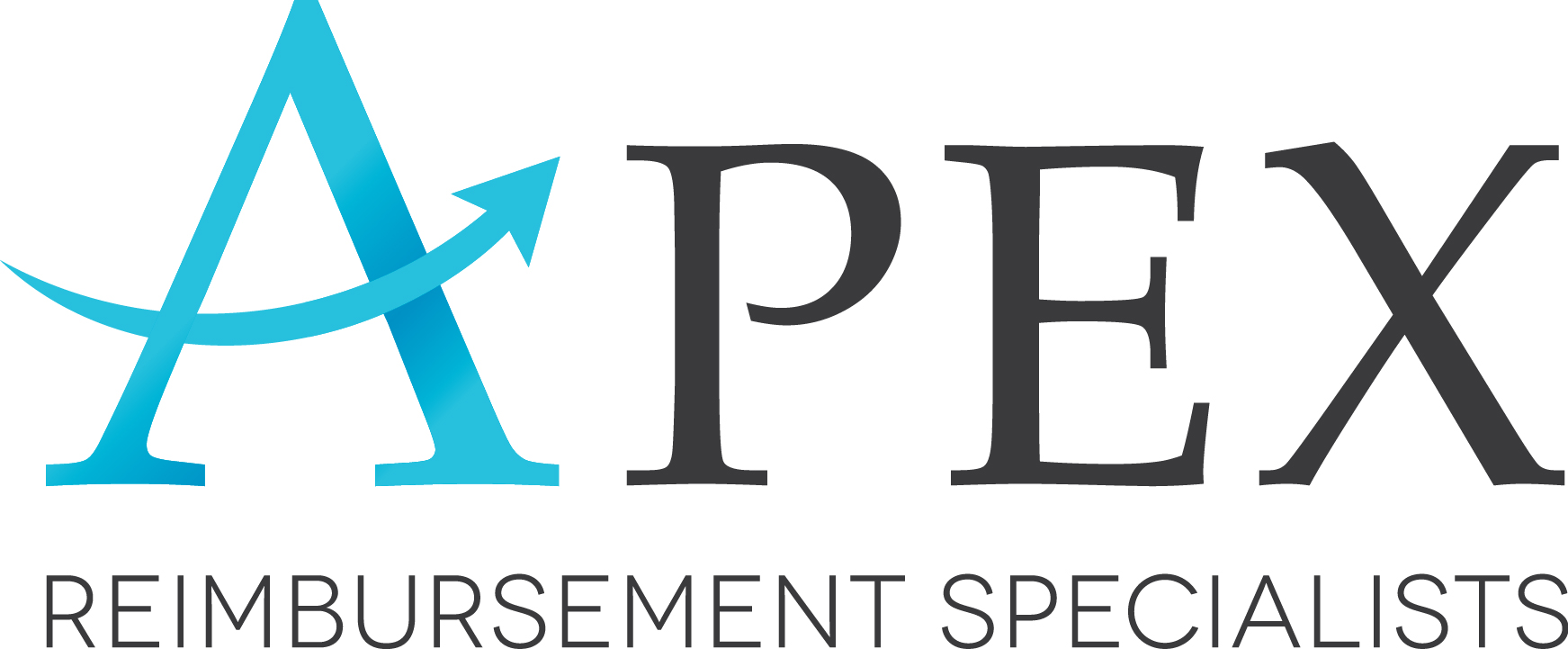As a dental practice, ensuring timely payment for the procedures that you perform is essential to staying in business and growing your patient base. When you are forced to resubmit claims multiple times and waste time on the phone with insurance companies, it takes time away from things that you could be doing.
Use the Right Code
Choosing the appropriate code for your patient is the first step in improving your scaling and root planing claims. The D4341 code should be used when the procedure is being performed on four or more teeth per quadrant, while D4342 should be used when it’s performed on one to three teeth per quadrant.
When making either of these claims, the observed CAL must be unrelated to non-periodontal causes. This includes:
- Recession due to trauma
- Caries that extend in the cervical area of the tooth
- CAL on the distal aspect of a second molar and associated with extraction or malposition of a third molar
- Endodontic lesion draining through the marginal periodontium
- Presence of a vertical root fracture
SRP is an appropriate treatment for patients who have clinical indicators of chronic periodontitis.
Use Supporting Documentation
While neither of the codes used for scaling and root planing are “by report” codes, it is still a good idea to provide the insurance carrier with additional information that ensures quick processing. Some of the documentation that you can include as part of the claim includes:
- Periodontal chart that displays where the bleeding occurred, pocket depths, etc.
- Radiographs that demonstrate bone loss
- Narrative indicating periodontal disease
Additionally, if you complete four quadrants of scaling and root planing during one appointment, you must include a narrative that outlines the specific reason. For example, if a patient required IV sedation or had transportation barriers, that should be passed on to the insurance company.
It’s important to know that some dental insurance plans will not approve scaling and root planing for four quadrants during one visit, even if the treatment was legitimate and necessary. If anesthesia was used, the plan may request documentation. Some companies may also ask for a copy of your schedule to show the chair time required for four quadrants of SRP.
By providing this information upfront, you can avoid some of the issues that arise during the claims process. For a detailed look at how to improve your scaling and root planing claim submissions, visit the American Dental Association’s guide here.
APEX Reimbursement Specialists Can Help With the Claims Process
Whether you’re preparing for the re-credentialing process or looking to explore automating your dental practice, APEX Reimbursement Specialists is here to help. Contact our team today by calling (410) 710-6005. We look forward to working with you to make your practice a more profitable place.

